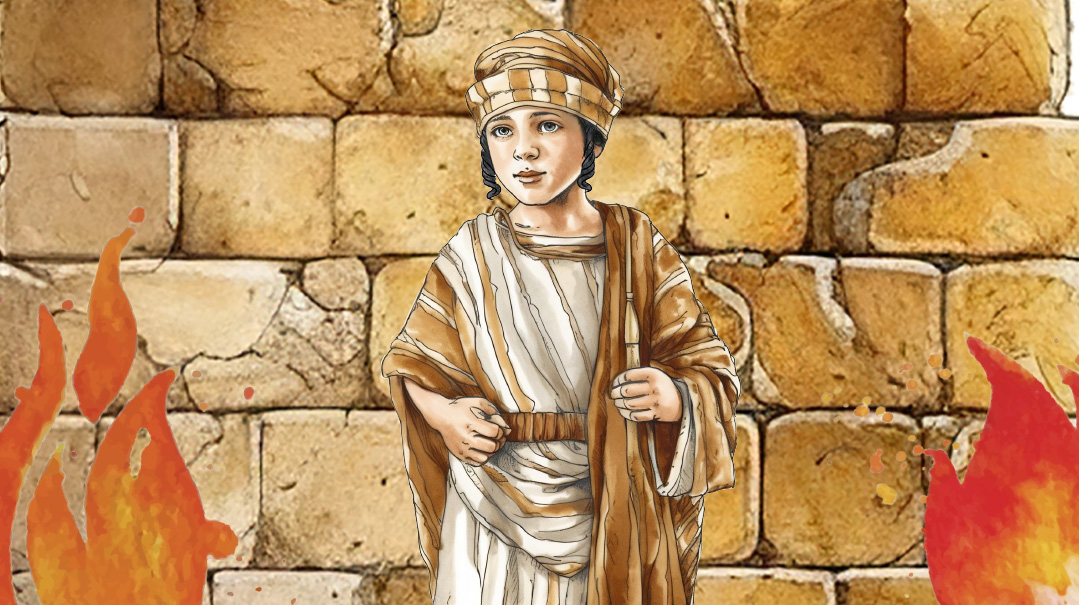A Lag B’omer Diary

Several years after Churban Bayis Sheini...

22 Nissan — Isru Chag Pesach, several years after Churban Bayis Sheini1
I woke up this morning expecting to smell the heavenly scent of Ima’s pitot baking. Never does chometz smell or taste better than the morning after Shevii shel Pesach. We worked hard last night to pack away all the Pesach keilim. Little Nechemia complained that he was too tired to help me store the dishes, but I reminded him of the fresh, fluffy pita that would be waiting for us in the morning, and guess how quickly he came running!
Morning came, and I almost dressed in my Yom Tov clothing before remembering that Pesach was over. I sniffed to make sure, but it just smelled like spring — and something else I couldn’t quite put my finger on. There was a strange heaviness in the air, and I felt a cold sliver of dread worm its way through my stomach. Something was wrong.
I made my way into the kitchen, afraid of what I would find. My hands were shaking, and it had nothing to do with the heavy lifting I had done the night before. Ima was sitting at the table, and the relief hit me so hard I almost blacked out. But the way she sat hunched over warned me not to rejoice too soon.
“Ima?” I said softly.
She raised her head to look at me, and I knew that it was much worse than I had feared.
“It’s happening again,” she whispered with a shaky breath, as a waterfall of tears washed over her cheeks.
I froze, and all at once the memories of last year tumbled over me. No! It can’t be! It’s not possible.
Oops! We could not locate your form.






